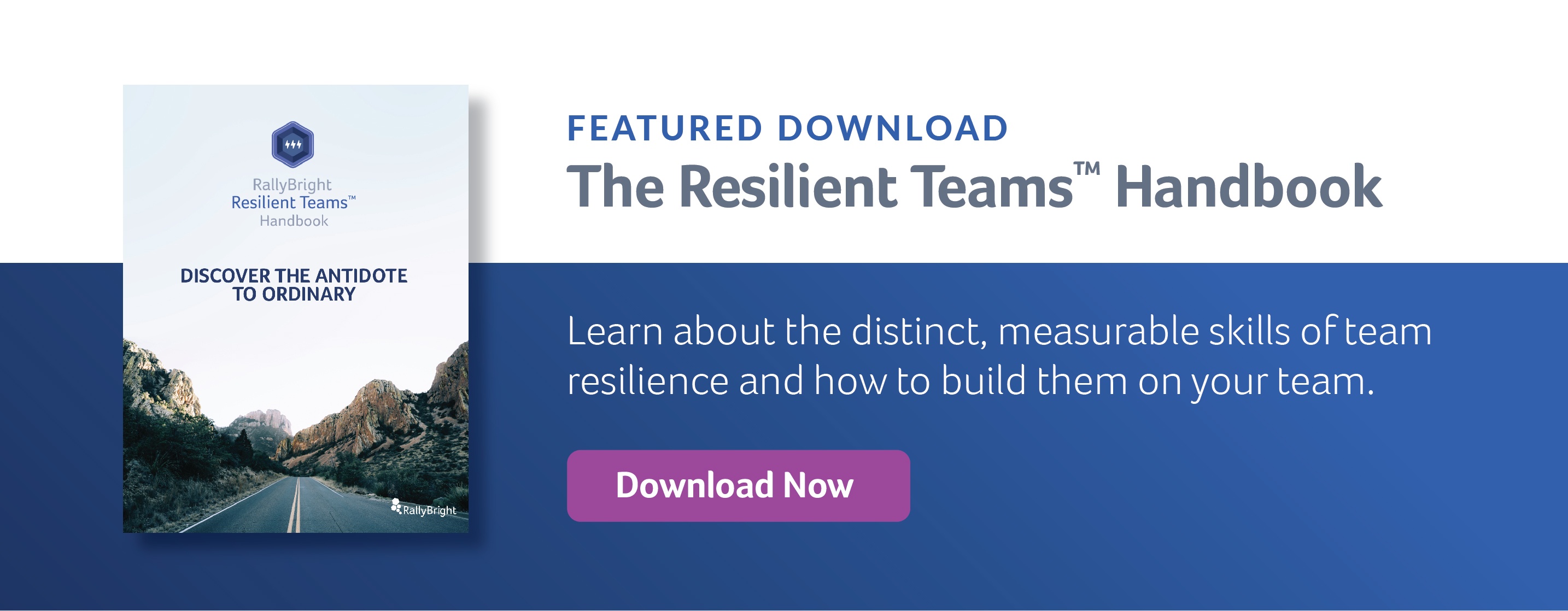Our Ask the Coach series shares perspectives from experienced executive and team coaches working to build strong leaders and teams. This week we’re sharing leadership smarts from executive coach, consultant and CEO peer group facilitator Becca Pearce. To read more about her background, expertise and approach, head on over to Extend Coaching & Consulting.
RB: Hi, Becca! Tell us, how would you describe the work you do, and how did you come to it?
BP: I come to coaching from an interesting combination of a significant corporate leadership background and a life-changing event that altered my perspective. So the coaching I offer is a combination of these two aspects.
As a former CEO, I know how much the focus needs to be on the bottom line. I also know that often, it’s the emotion behind a decision that keeps you from making the hard decision. Anger is often the only acceptable emotion in a boardroom; I also know that, in a safe environment, fostered appropriately, dealing with underlying emotions puts the power in your hands to make stronger decisions. So I work with strong leaders who need to know they’re making the right decisions within their organization, and want an unbiased thought-partner to challenge them to think bigger.
RB: What would you say is the foundational principle that drives your work?
BP: I would say it has to come down to vulnerability, and bringing your whole self to work. It’s what makes you human and people want to follow behind you.
RB: It’s interesting that you bring up vulnerability on the heels of psychological safety, two ideas that are connected because the former depends on the latter. And, as you point out, managing emotions enough to be able to create those two things in the workplace is such a big part of being a strong leader. I’m wondering what you find most satisfying about coaching leaders?
BP: For me, it’s watching people be happy in their jobs again. People come to me because they’re stuck. And the process we go through allows them to get unstuck. I watch people become happier and more satisfied the further we go through the process.
RB: Speaking of being stuck… what’s one of the most common leadership challenges you see among your clients?
BP: By far, it’s the “If I could just get my team to… get along / see eye-to-eye / work with each other… then everything would be fine.” Insert whatever version of this fits, but it’s about the relationship of the leadership team.
RB: And what is the most surprising thing you have learned through doing your work?
BP: Here’s something fundamental that I think people often don’t think about. Nobody wants it to fail. It’s easy, as a person on a team, to assume things about other people. But deep down inside, no one WANTS anything to fail. I have yet to find someone walk into an office thinking “I’m going to sabotage the company today.” This assumption of positive intent is so important, and so hard to get to when you’re in the middle of a situation. For example, I ask: “What if John thought what he was doing was best for the company?” The immediate response is usually, “Laugh – how could he think THAT, based on what he’s doing?” Yet, when the assumption of positive intent is introduced, perspectives begin to change and walls begin to fall.
RB:That’s such great advice, to assume noble intent. (We’re writing it on our wrists right now here at RallyBright HQ.) Shifting to the current landscape in leadership development, I was wondering if there are any trends you’re noticing within the field these days?
BP: I’m seeing a shift from straight bottom-line-driven (we need to focus on ABC and if morale is bad, so be it) thinking to an understanding that if you invest in your employees through development and engagement, the bottom line wins.
A shift I wish I would see is more organizations looking at teams and coaching one step more strategically. For example, I coach many individuals where the organization opens up coaching as an opportunity for certain employees. This is fantastic. To take it up one level, I would love to see leadership look at the team as a whole and open up the opportunity for the team to work together to develop and grow. Individual coaching is very effective; it’s even more effective when the system the person operates within is working on developing at the same time.
RB: We couldn’t agree with you more. In fact, the huge need for team-based professional development is the whole reason we founded RallyBright!
Have a question for a coach? Shoot us a line at hello@rallybright.com. Want to build strong leaders and teams that work better together? Sign up for a free demo of RallyBright’s Resilient Teams™ assessment.



